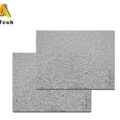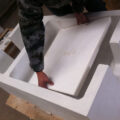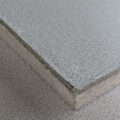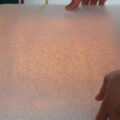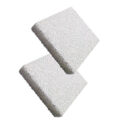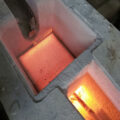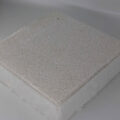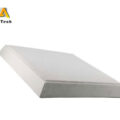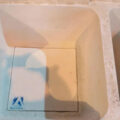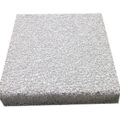At present, the largest industrial use of foam ceramics is molten metal filters filtration. In the process of metal melting and casting, due to various reasons, there are different forms of inclusions in the melt. Their number, shape, size, distribution will have an adverse effect on the strength, plasticity, and toughness of the casting, and it is easy to cause the casting to produce defects, such as pores, slag inclusions, and cracks. Therefore, the use of various purification methods to improve the purity of metals has received widespread attention in the industry. The use conditions of the metal melt filter are quite harsh, and the filter medium is required to have sufficient high-temperature strength, thermal shock resistance and resistance to metal erosion, and no high-temperature reaction with the melt.
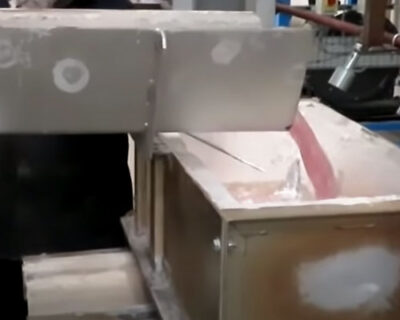
The ceramic foam filter has a stable product structure brought about by covalent bonds and complex ionic bonds, so it has the characteristics of high-temperature resistance, corrosion resistance, wear resistance, and good thermal stability. At the same time, its unique three-dimensional network skeleton structure. It can endow products with high specific surface area, high specific strength, low fluid pressure loss, and high impurity adsorption efficiency. When the fluid flows through the pores, the surface of the foam ceramic matrix will produce complex physical effects, which can adsorb and separate most of the inclusions and some gas impurities suspended in the molten metal, thereby improving the mechanical properties of the product, reducing the casting waste rate, and extending the metal life.
The organic foam impregnation method is currently the most mature method for the industrial production of CFF for molten metal filters filtration. This method is also known as the organic precursor impregnation method. The process is to evenly coat the prepared ceramic slurry on the reticulated organic foam, and then burn off the organism to obtain CFF. The pore size mainly depends on the pore size of the organic foam, the coating thickness of the slurry, and the drying and sintering shrinkage of the slurry. The method is simple, easy to operate, does not require complicated equipment, and has low manufacturing cost. It is an economical and practical CFF manufacturing process with broad development prospects.

